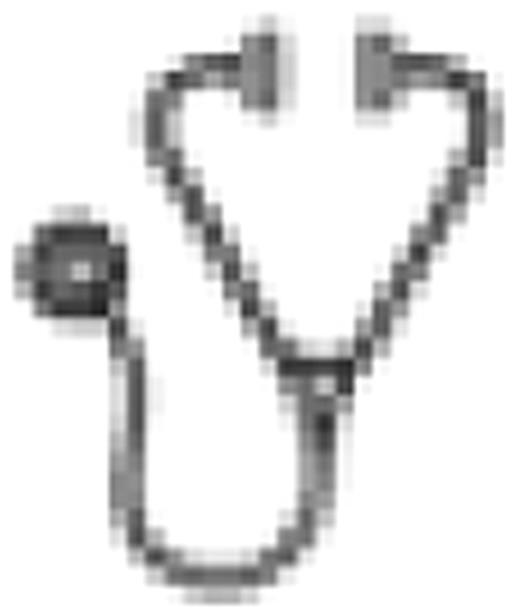Abstract
Abstract 80
The Children with Down's Syndrome Study (CDSS; www.cdss.org.uk) is a unique observational study following a population-based cohort of children with Down's syndrome (DS) from birth onwards. Although haematological abnormalities are well recognised in DS neonates blood morphology is less well described. This is the first prospective report of blood cell morphology in DS neonates.
Recruitment to the population based CDSS opened in May 2006 and is ongoing. At entry, a blood sample taken in EDTA is sent to a designated laboratory with full CPA (UK) accreditation. Blood films were reviewed by two Paediatric Haematologists following a specific proforma developed after a series of pilot studies which had identified the range of morphological abnormalities seen in DS neonates. Reporting was subsequently standardised so that inter and intra-operator variability were minimised. Critically, abnormal features were recorded for each individual white cell. All slides reported on here were taken within 28 days of birth and had to be of adequate quality with regard to stain, spread and EDTA change. These were considered independently for cell type.
Microscopic review was performed in slides from 154 DS neonates; 88 of these met the quality criteria for at least one cell type. The most consistent abnormalities were of platelets: giant platelets were present in 78/88 (89%); pale, hypogranular platelets in 61/88 (69%) and megakaryocyte fragments in 30/88 (34%). The most common red blood cell changes were macrocytosis and polychromasia, occurring in ≥5% all red cells in 48/68 (71%) and 33/68 (49%) respectively. Nucleated red blood cells were seen in 34/71 (48%); spherocytes in 28/68 (41%); target cells in 27/68 (40%); Howell Jolly bodies in 26/68 (38%) and basophilic stippling in 9/69 (13%). The neutrophils tended to be hypogranular 35/36 (97%) and/or agranular 6/36 (17%). None were hypergranular. Neutrophil vacuolation was common, occurring in 29/36 (81%) whilst Pelgeroid neutrophils occurred in 12/36 (33%) and hypersegmentation in 7/36 (19%). Granulocytic nuclear/cytoplasmic dysynchrony was noted in 25/36 (69%) with the nucleus appearing relatively immature and with the granules often clustering in one area leaving an area of agranular bluish cytoplasm. Lymphocyte morphology was unremarkable. Monocytes were typically vacuolated and often had stellate or elongated nuclei: these features occurred in 30/36 (83%); 27/36 (75%) and 6/36 (17%) slides respectively; no azurophilic granules were seen. Both eosinophils and basophils tended to be dysplastic with abnormal hypogranulation in 18/36 (50%) and 20/36 (56%) respectively. Blasts were seen in 19/36 (53%), but cytoplasmic blebbing was rare 2/36 (6%). In the majority the blast type could not be ascribed.
The blood cell morphology of DS neonates described above is distinctive and resembles that typically seen in the fetus. An unusual feature of DS neonates is the spontaneous regression of transient myeloproliferative disorder (TMD). This work suggests that fetal, ie hepatic, haematopoiesis is still significant in DS neonates and supports the idea that TMD arises from a fetal progenitor and regresses as the cellular context changes to turn off hepatic haematopoiesis. Myeloid leukaemia later develops in ∼20% who have had TMD. This might occur if a GATA1 mutated fetal progenitor was able to seed and successfully populate the bone marrow. Importantly, although blasts were present in 53%, not all of these had TMD. There is a clear clinical imperative for identifying TMD as it occurs in ∼4-6% DS neonates and defines a group at high risk of developing a highly treatable leukaemia within a limited time-frame. This work suggests that full blood count and film review alone are insufficient to identify TMD, and that GATA1 mutation analysis is needed. Such expensive, time consuming and specialized analysis would require a national approach. An important lesson of this work is also the need to standardise morphology reporting: to quantify what is an inherently qualitative and subjective process. The proforma developed here provides a template for others to use in this group and in the general population.
No relevant conflicts of interest to declare.

This icon denotes an abstract that is clinically relevant.
Author notes
Asterisk with author names denotes non-ASH members.

